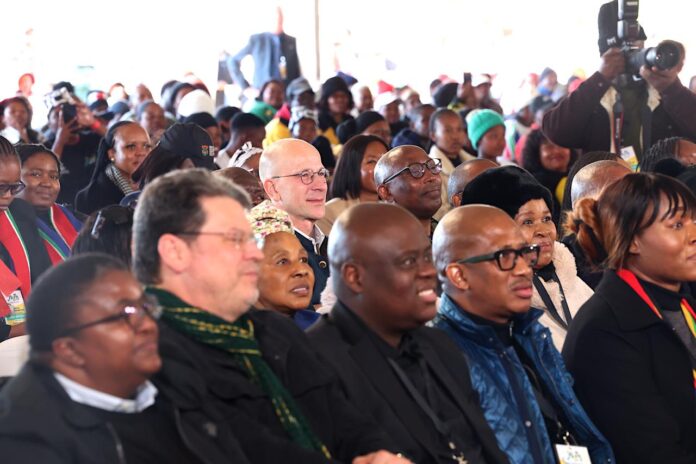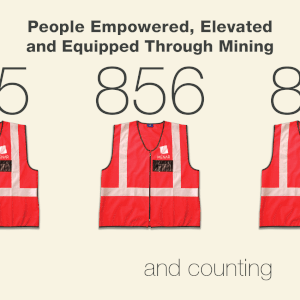By Lesedi Sibiya-Diplomatic Insider
One of the great turning points in South Africa’s history was the 1976 Soweto Uprising which saw the youth of that time stand up to a system dedicated to keeping them marginalized. The uprising was meant to challenge the Bantu Education Act which required that Afrikaans be the medium in which students were taught and given instructions in black schools. This day reflects the resilience of the struggle for liberation in our country. The Deputy President Paul Mashatile had delivered a keynote speech at NWU Rec Farm Stadium in Potchefstroom in commemoration of this monumental day.
16 June 1976 the youth of this generation had grown tired of being marginalized and oppressed by the Apartheid system and what made matters worse is that not only do these students have to fear for their lives from oppression but also have to be educated in the language of their oppressor. On 1 January 1975, the Regional Director of Bantu Education J.G Erasmus who oversaw the Northern Transvaal region had instructed Principals and Chief Inspectors that students will be required to learn mathematics, arithmetic and social studies solely in Afrikaans, this law was known as the Afrikaans Medium Decree. On the morning of 16 June 1976, more than 20,000 black students took to the streets to protest against this law. These students marched from their homes to Orlando Stadium for a rally to protest against having to learn in a language they don’t understand and a language that was associated with oppressing them. This protest was planned by the Soweto Students Representatives Council (SSRC) in collaboration with the Black Consciousness Movement (BCM). This not only inspired students to be involved but also saw teachers stand up as well in compliance with the Action Committee’s intention of leading the march with discipline and peace. As the students began the march, they were met with a police barricade. Many leaders of the Action Committee had instructed students to not provoke the police in any sort of way. They continued to march in a different route towards Orlando High School. The police decided to respond by setting dogs onto the protestors, which had led the student protestors to kill them, this prompted the police to begin killing protestors by shooting directly at them. Young Hastings Ndlovu and Hector Pieterson were among the first casualties at the tender age of 15 and 13 respectively who were shot outside Orlando West High School. A total of 700 people had died from these brutal police attacks in Soweto, emergency clinics were overwhelmed with injured, bloody children. The police had even requested that a list be made of victims suffering from bullet wounds to be charged with rioting, a list that doctors refused to make. On June 17 more than 1,500 heavily armed police officers were deployed to Soweto, as well as the South African Army being on standby in order to implement military force.
The Deputy President of South Africa Paul Mashatile, had delivered a speech in commemoration to this brave fight for liberation. “While challenges remain, allow me to briefly reflect on some of the major victories that our democratic dispensation has registered in advancing youth empowerment since 1994” said Mashatile in his keynote speech. The Deputy President took the opportunity to reflect on the education system in today’s democratic South Africa’s climate, “Firstly, at the Basic Education level, we have transformed the Matric Pass Rate from 58% in 1994 to a historic 87.3% in 2024. This is the result of three decades of making education an apex priority of the government” Mashatile added in his keynote speech. The Deputy President made mention that in terms of higher education, the National Student Financial Aid Scheme (NSFAS) was established to broaden access to marginalized groups who cannot afford higher education. The budget had grown from the initial R33 Million in 1991 which funded only 7,240 people to now being over R52 billion today and serves 1.1 million students across universities nationwide. “As a result of this sustained investment, the demographic composition of our higher education system has been fundamentally transformed. In 2994 there were 266,190 black students, representing 50.4% of the total student population. By 2020 that number had grown to 862,313 black students, constituting 80% of enrolments” said Mashatile. This marks significant improvement in ensuring that students today have all the access they need to various forms of education especially those who have been marginalized by the remnants of the Apartheid regime.


